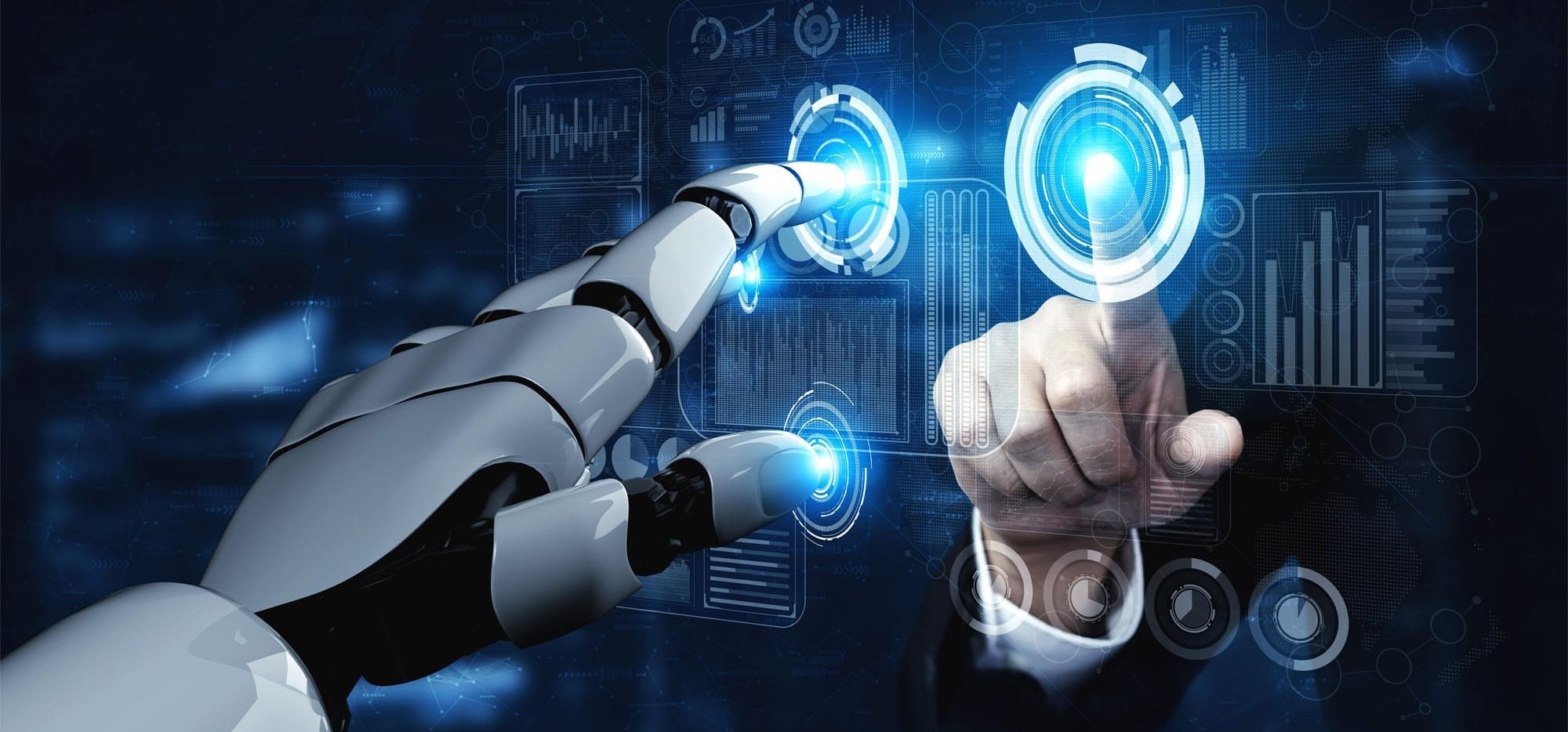The outbreak of the pandemic has triggered an unprecedented increase in the demand for various goods and services. As the world continues to recover, businesses need to adapt and stay vigilant. Managing a business solely through manual labour can be exhausting and time-consuming. This can often lead to inefficiencies and errors, as well as increased operational costs. To overcome these challenges, businesses are increasingly turning towards technology solutions such as automation, artificial intelligence, and robotics to optimise their operations and increase productivity. These smart technologies can help save time and money, reduce errors, and improve overall efficiency.
AMRs
Autonomous mobile robots are revolutionising warehouse operations by using advanced sensor technology to deliver inventory. Unlike traditional conveyors, AMRs don't require a set track between locations, making them highly flexible and adaptable to changing warehouse layouts. Using sophisticated computer systems, maps, and onboard sensors, AMRs can easily comprehend and interpret their surroundings, enabling them to navigate through the warehouse with ease. These small, versatile robots can identify information on each package and sort it with exceptional accuracy, eliminating the need for manual sorting and minimising the risk of human errors. By deploying AMRs, warehouse owners and logistics providers can improve efficiency, productivity and worker safety.
Cobots
Customised packaging can be a challenging task for robots as it involves working with various product shapes and sizes in the presence of humans. To tackle this issue, cobots, or collaborative robots, are designed to work safely around humans. They have no sharp edges and can be trained by humans to learn the movement required for logistics applications, reducing programming time and speeding up the packaging process. They are used in a variety of industries, such as manufacturing, healthcare, and agriculture, to improve efficiency, productivity, and safety. With their ability to perform repetitive tasks accurately and consistently, cobots are becoming increasingly popular in the workplace.
AGVs
Automated guided carts and vehicles are becoming increasingly popular as they offer an efficient way to transport inventory around the facility. These vehicles follow a pre-laid track within the warehouse and can carry heavy loads without the need for human intervention, saving valuable time and energy. In larger warehouses where moving from one area to another can be time-consuming, these automated vehicles provide a reliable solution for improving efficiency and reducing the workload of human workers.
Aerial Drones
Aerial drones offer a quick and accurate solution for scanning locations for automated inventories, much faster than human workers. Unlike traditional inventory management methods that use lasers or markers, aerial drones can navigate warehouses without any additional equipment or markers, saving valuable space. With their ability to swiftly travel to hard-to-reach spots, aerial drones offer an efficient solution for warehouse inventory management that improves accuracy, saves time, and boosts productivity. Drones can enhance e-commerce by delivering small or large goods to private customers. While most companies use them inside the warehouse, tests have been done for delivery robots by Domino's Pizza.
Data Points
By gathering and analysing thousands or even millions of data points in real time, it is possible to gain insights into how to carry out specific tasks more efficiently. Businesses are increasingly relying on data and advanced technologies such as AI and ML to optimise their delivery operations and enhance the customer experience. AI and ML algorithms can analyse various factors such as traffic patterns, weather conditions, and delivery locations to identify the most efficient delivery routes. This helps save time, reduce fuel costs, and enhance delivery speed.
Data from various sources such as historical delivery records and weather reports can be analysed to predict delivery times and potential delays. Real-time tracking helps provide customers with accurate and up-to-date information about their deliveries, improving transparency and customer satisfaction. Technology also helps in detecting patterns of fraudulent activity such as stolen or lost packages, unusual delivery routes, or suspicious behaviour by delivery personnel. This helps in minimising losses. Several brands also employ data points to interpret consumer behaviour and apply the resulting analysis to their marketing strategies. Let’s further understand this through a prominent example- Amazon.
How Amazon Uses Data Points
Amazon has been a trailblazer in the field of personalised shopping recommendations, continually refining its algorithms to offer customer-centric suggestions. While initially based on a customer's purchase history, the recommendations are now generated by factoring in additional elements, such as items purchased by other customers, search and browsing history, and numerous other factors. As a result, Amazon's personalised recommendations are more accurate and effective than ever, ensuring customers have a truly personalised shopping experience.
Amazon's innovative use of artificial intelligence (AI) extends to numerous aspects of its business model. With a single click on an Amazon page, the company receives an extensive amount of data. This level of data control allows Amazon to gain valuable insights and use them to enhance its services and offerings, ultimately solidifying its position as a leader in the industry. Engaging with Alexa, streaming on Amazon Prime, and ordering groceries through Amazon Fresh, all generate a vast trove of data on each customer.
Final Words
Undoubtedly, the use of technology has multiple benefits, including reduced costs and time. However, there are still challenges to be addressed, such as the security of these systems against external threats. Ensuring security is crucial, as any breach can cause significant damage to businesses and consumers. Additionally, the high cost of implementing these technologies can be a barrier for many businesses, especially small and medium-sized enterprises, limiting their ability to benefit from these advancements.
